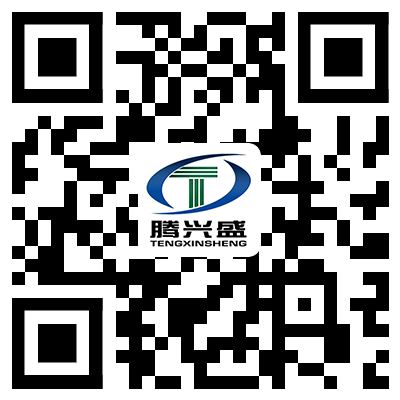
Shenzhen Tengxingsheng Electronics Co., Ltd.
Contact: Miss Wen
Tel: 0755-23286182
Mob: 13570819121
QQ: 1456258664
QQ: 2316907424
Fax: 0755-23286183
Email: txspcbsc@163.com txspcb@163.com
Web : en.txspcb.cn
Add: 3rd Floor, Building 3, Jinkang Industrial Park, No. 1 Shajing Road, Baoan District, Shenzhen
single panel
On a Z-Basic PCB, the parts are concentrated on one side and the wires are concentrated on the other side. Because the wires only appear on one side, this kind of PCB is called a single-sided (Single-sided). Because the single board has many strict restrictions on the design of the circuit (because there is only one side, the wiring cannot cross and must go around a separate path), so only early circuits used this type of board.
Double panel
This circuit board has wiring on both sides, but to use both sides of the wire, there must be a proper circuit connection between the two sides. Such "bridges" between circuits are called vias. Vias are small holes on a PCB, filled or painted with metal, that can be connected to wires on both sides. Because the area of the double-sided board is twice as large as that of the single-sided board, the double-sided board solves the difficulty of interleaving wiring in the single-sided board (it can be passed to the other side through the via hole), and it is more suitable for use in more complex circuits than the single-sided board.
Multilayer board
In order to increase the area that can be wired, more single or double-sided wiring boards are used for multilayer boards. A printed circuit board , alternated together by a positioning system and insulating bonding materials, and conductive patterns. Printed circuit boards that are interconnected according to design requirements become four-layer and six-layer printed circuit boards, also known as multi-layer printed circuit boards. The number of layers of the board does not mean that there are several independent wiring layers. In special cases, an empty layer will be added to control the thickness of the board. Usually, the number of layers is an even number and includes two layers outside Z. Most motherboards are 4 to 8-layer structures, but technically, nearly 100-layer PCB boards can be achieved. Most large supercomputers use fairly multi-layer motherboards, but because such computers can be replaced by clusters of many ordinary computers, ultra-multi-layer boards have gradually fallen out of use. Because the layers in the PCB are tightly combined, it is generally not easy to see the actual number, but if you look closely at the motherboard, you can still see it.

Mob: 13570819121
Email: txspcbsc@163.com
Web : www.retirewealthnetwork.com
Add: Jinkang, No. 1 Shajing Road, Baoan District, Shenzhen
3rd Floor, Building 3, Industrial Park

SWEEP